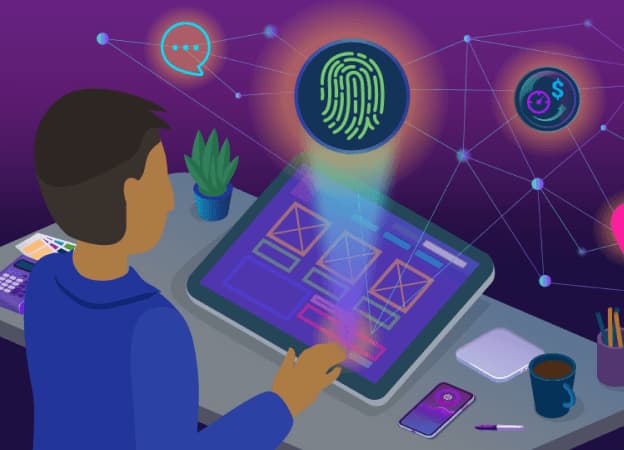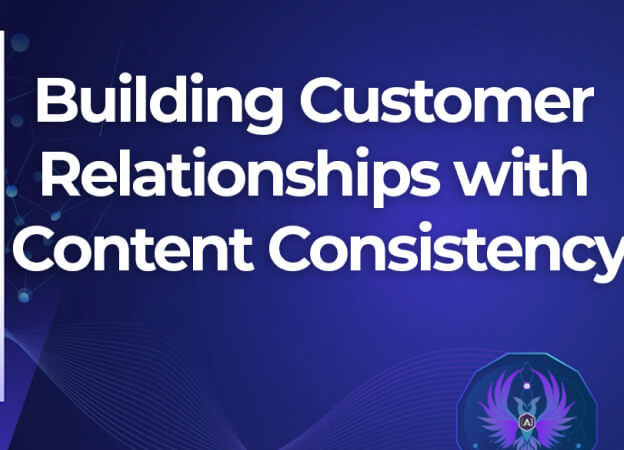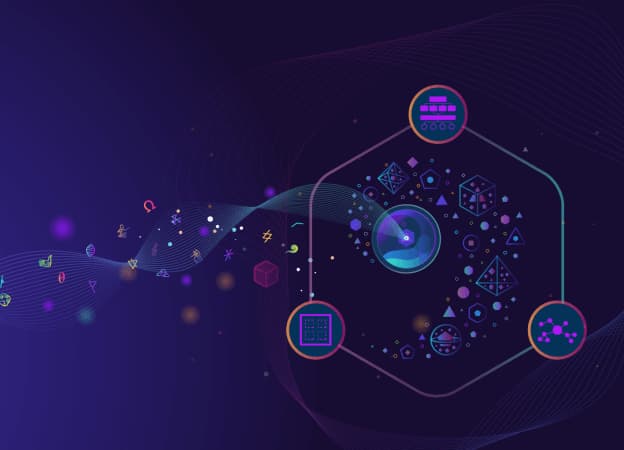The peak of next-generation Customer Experience emerges at the crossroads of content, customer, and context. With an extensive career in content strategy and engineering, Alan Porter, Director of Marketing at Nuxeo, joins Cruce Saunders to discuss the themes in his new book, “The CX Trinity: Customers, Content, and Context: Musings and Observations on the Evolving Customer Experience.” This article is an overview of their discussion and the collective advice and pivotal approaches for fostering Intelligent Customer Experiences.
Porter based his new book’s content on over 50 topic-specific blogs he published over a five year period. He realized that, more and more, content was becoming the center of all CX.
“People were talking about content and customer journeys, but not about the context and how the three should work together,” Porter said. “It was really interesting going back and rereading stuff written over the last five years, it surprised me how much of it was still relevant.”
This CX Trinity comes from the belief that any good customer experience is driven by a combination of three critical elements:
- Meeting the customer’s needs
- Delivering the right content to assist the customer
- Understanding the context of where, when, and how the customer interacts with you
Content Relevance Spanning the Entire Customer Journey
It’s easy for us to get caught up in our own tools and viewpoint, losing sight of the customer’s perspective, and more importantly, the customer’s experience. Rather than sampling specific touchpoints of the customer journey, we need to gain perspective on the entire journey.“Customers don't read our customer journeys. They don't necessarily follow the things that we think they should be doing theoretically, because they have their own needs, their own things they're trying to achieve,” Porter said. “And we've really got to understand that, then develop relevant content to meet those needs. Not just at specific points in the journey, but across the whole customer journey.”
The customer journey is a complex process; from creation to delivery, the content supply chain is an ongoing, interlinking web of stakeholders with differing intent. [A] makes evaluating this process simple with the Content Orchestration Model. In order to create intelligent customer service, organizations must begin with a model-up approach.
Metadata: Connecting Content Purpose to Customer Intent
To achieve successful CX, we must make content more intentional. Porter’s book emphasizes the mission of getting the right message to the right customer, on the right device. The starting point is to determine why the customer has arrived at your content and what problems they intend to solve.“It’s critical to make sure that you've got the right metadata around the content,” Porter said. “Sometimes the metadata is more important than the content itself. So you must ensure that you understand the context and actually also start to link the content to the business systems by using the metadata as a way to connect content and data together to actually really start delivering a good customer experience.”
So, how do we begin to ensure that each customer gets the right content at the right time? The answer is semantic organization. To create order from chaos, we have to take a look at the invisible world of content hidden behind what the customer sees.
Viewing Functional Problems Holistically
Many of the systems we use daily aren’t built with a holistic viewpoint. Rather than address the “why” of a systemic issue, organizations look for a quick fix, a way to retain user bases or maintain their bottom line. What this neglects to do is examine the underlying causes behind a problem, and creates a poor user experience.“They have this inside out view of: we've got to retain our subscribers and make it difficult for them to leave,” Porter said. “Which is actually, from a customer experience, the exact opposite of what I wanted. I wanted it to be easy to leave because then it might come back, but now I'm not going to.”
Looking at content and customer experiences at the department level is a myopic view. In reality, all the teams need to work together in order to create a shift in foundational thinking. Those in an organization dealing with customers directly have a better view of a customer journey than simple top-down awareness. The key is to break down silos and work across the organization to create an omnichannel, intelligent customer experience.
Improving CX Performance with Metrics and Feedback
The challenge with traditional methods for handling performance metrics is that they capture snapshots of past performance or events. We may end up missing the “now moment” relevance of evolving trends. Porter maintains that the most worthless feedback tool is a survey, which by nature attracts self-selecting consumers who tend to post good/bad extremes. So, how do we bring back humanity to our user tests?“Get someone who doesn’t know you or your company to test your systems in order to get feedback from real people,” Porter said. “We make so many assumptions. We will come to whatever we do on a functional level with a whole bunch of assumptions: about an industry, assumptions about process, assumptions about our culture, assumptions about language.
So, get somebody who knows nothing about your business to try and accomplish something with your digital experience.”
Building Customer Relationships with Content Consistency
The truth of the matter is, our businesses are built on the relationship between client and organization. Without bringing the human side of evaluation to the table, we lose a significant portion of data that can make user experiences intelligent.Personalization begins with determining what data and content you have, and how it can be tied together in a system that can scale with evolving customer needs and behaviour.
“One of the things that really bugs me about the companies I deal with a lot is that every transaction is like a first date,” Porter said. “You should know if I’ve had a good experience with you in the past. I love going to my local diner in Austin, because they know who I am. When we sit down, we don’t have to order our breakfast. We come in every Saturday morning and they know what we order.”
Personalization Data Challenges and the “Human Touch”
Even with vast stores of customer data, many organizations still struggle with delivering intelligent customer experiences. Teams have mandates to deliver personalized experiences, but are grappling with how to define and deliver the right content and utilize their data.“You need people to actually help teach the technology,” Porter said. “Even with the most advanced technology, it still comes back to having a human interaction in order to understand that and look at it from a human point of view as well, we can deliver as much data as we like, but that's only really useful to the machines.We need data and content that we can consume and understand within the realms of our own context.”
With modular content and defined customer context, personalization needs an assembly system. [A] helps our clients solve this with our Intelligent Customer Experience Workshops, defining clearly what it means to “personalize” within an individual organization.
Learn More with the CX Trinity Book
It's a brave new world, but it's built on old fashioned person-to-person customer relationships.In the end, it just has to happen at scale. This is something that is facilitated through the kinds of patterns that are in this wonderful book, “CX Trinity: Customers Content and Context, Musings and Observations on the Evolving Customer Experience” by Alan Porter, with forward from [A] Principal and Founder, Cruce Saunders.
More Books from Alan J. Porter
The Content Pool: Leveraging Your Company's Largest Hidden Asset makes the case for placing content creation, management, and distribution on a par with other core strategic business activities. Key topics:
- Identifying Your Content
- Organizing Your Content
- Managing Your Content
- Leveraging Your Content
- The Case for a Chief Content Officer
WIKI: Grow Your Own for Fun and Profit -- introduces the concept of wikis, and shows why they are becoming the must-have communications and collaboration technology for businesses of any size. Using a garden as a metaphor, Alan J. Porter shows you step-by-step how to select wiki software, get started, overcome resistance to wikis, maintain your wiki, and use your wiki for internal collaboration, project planning, communication with your customers, and more.




